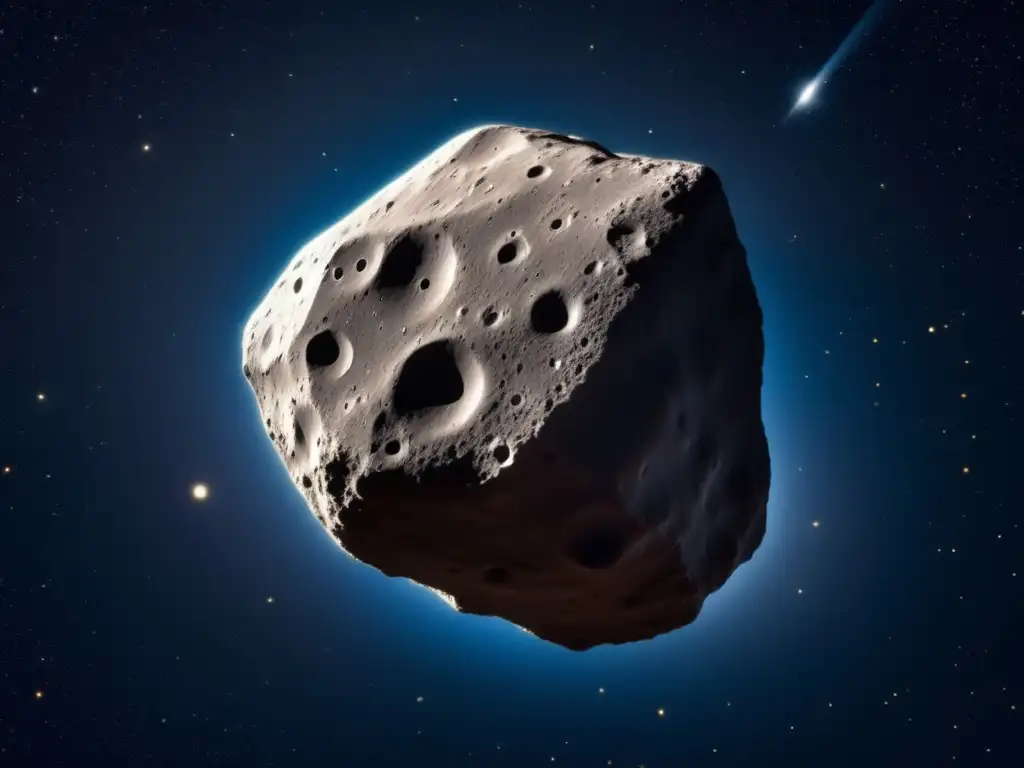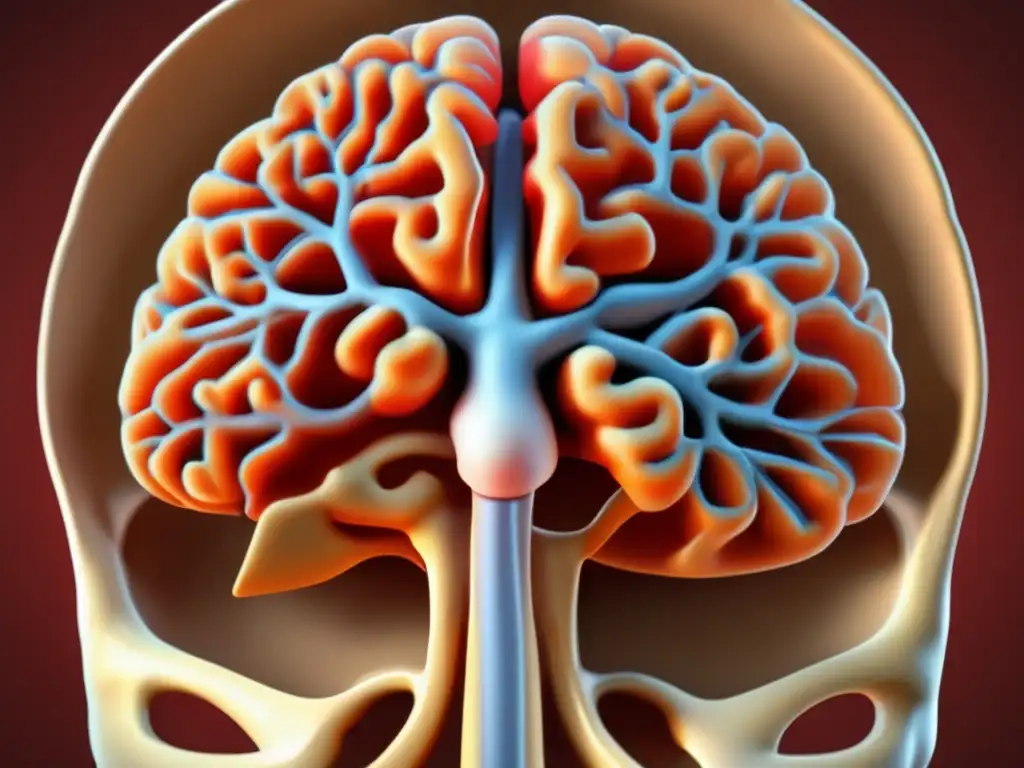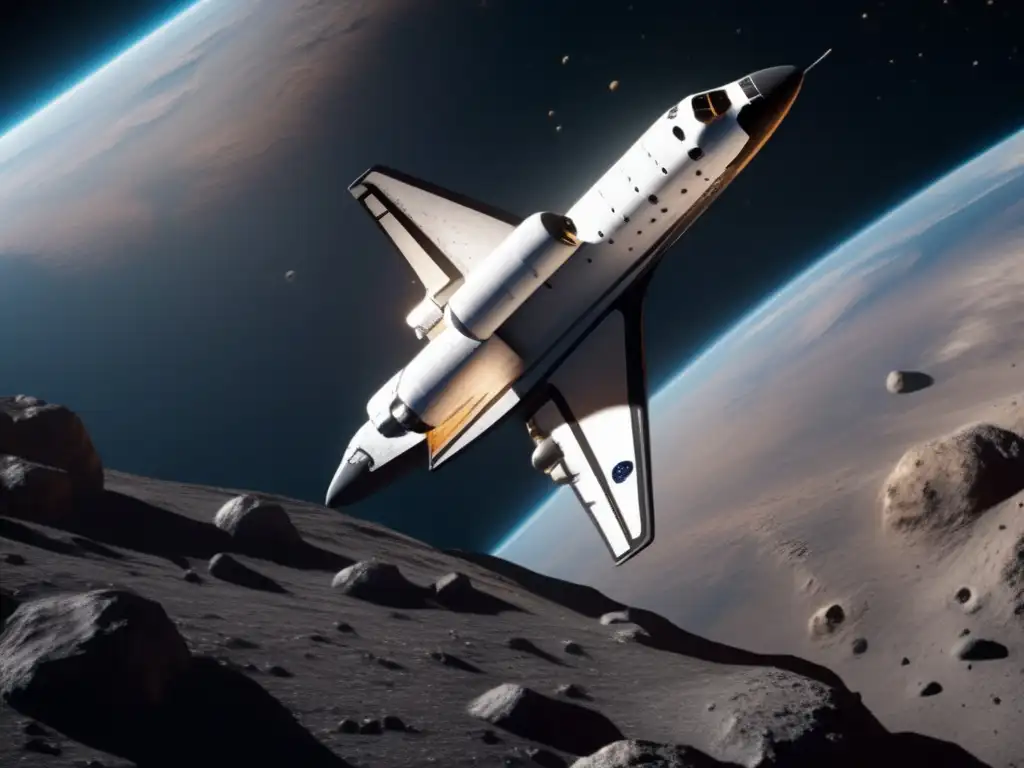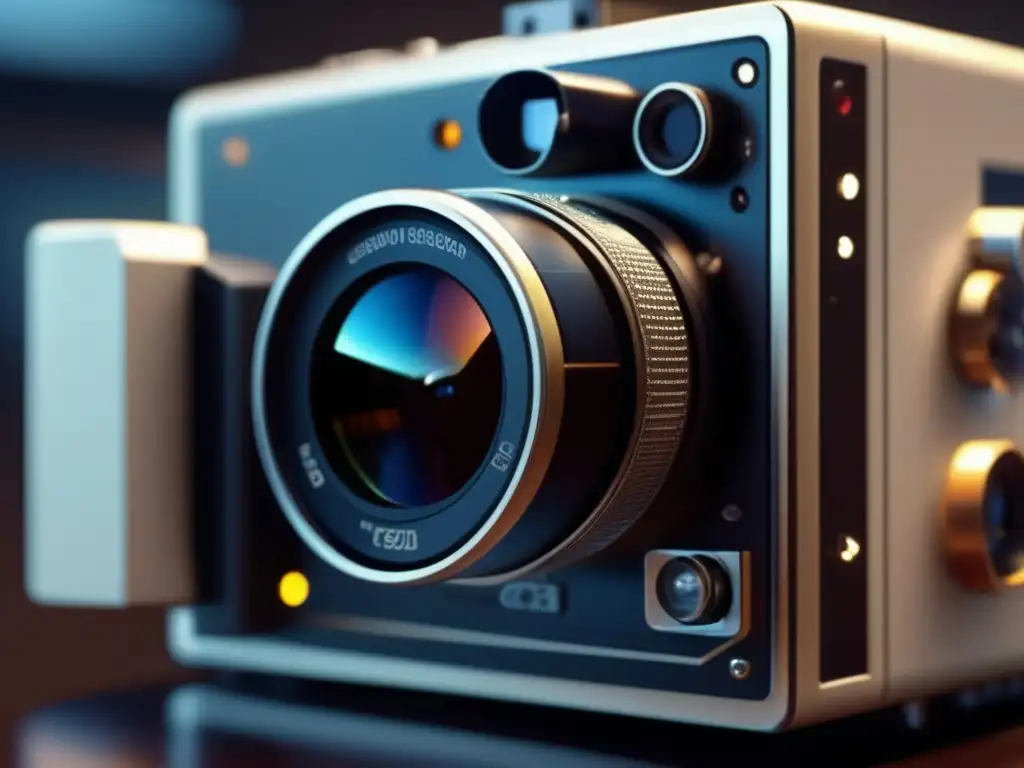The Role Of CCD Cameras In Asteroid Observation

Introduction
CCD cameras, or charge-coupled device cameras, have revolutionized the field of asteroid observation. These powerful imaging devices allow astronomers to capture detailed images of asteroids, enabling further study and analysis. In this article, we will explore the significant role that CCD cameras play in understanding asteroids and the valuable insights they provide about these celestial objects.
Asteroid Imaging with CCD Cameras

High-Resolution Images
CCD cameras offer high-resolution imaging capabilities, allowing astronomers to capture intricate details of asteroids. These cameras are equipped with a large number of light-sensitive pixels, ensuring precise detection of even faint light signals from distant asteroids. By capturing clear and detailed images, CCD cameras contribute to a better understanding of an asteroid's size, shape, surface features, and composition.
Color Analysis
CCD cameras can detect different colors of light, making it possible to perform color analysis on asteroids. By analyzing the color composition, astronomers can gain insights into the asteroids' composition and surface properties. This information helps scientists classify asteroids into distinct groups based on their composition, such as carbonaceous, silicate, or metallic asteroids.
Night Sky Surveys
One of the remarkable applications of CCD cameras is their use in conducting extensive night sky surveys. These surveys involve systematically capturing images of the night sky and identifying any moving objects, including asteroids. CCD cameras can efficiently detect and track asteroids, enabling the discovery of new asteroids and providing critical data for monitoring potentially hazardous near-Earth objects.
CCD Camera Technology Advancements

Increased Sensitivity
Advancements in CCD camera technology have significantly improved their sensitivity to light. This greater sensitivity allows astronomers to detect even fainter objects and gather more precise data from asteroids. It has opened up new possibilities for studying smaller asteroids and those located farther away in the solar system.
Wider Field of View
Modern CCD cameras have wider fields of view, allowing astronomers to capture larger portions of the sky in a single image. This expanded field of view is particularly beneficial for conducting wide-area surveys and monitoring a larger number of asteroids simultaneously. It helps in monitoring potential asteroid threats and provides valuable statistical data on asteroid populations.
Reduced Noise and Distortion
Noise and distortion in images can hinder accurate analysis of asteroids. Fortunately, CCD camera technology has advanced to reduce these issues significantly. With low noise levels and minimal distortion, CCD cameras can produce sharper and more reliable images, enabling astronomers to extract precise measurements and conduct detailed studies of asteroids.
Future Prospects and Challenges

Automated Data Processing
As the volume of asteroid observations increases, there is a need for automated data processing methods. CCD cameras generate vast amounts of data, and efficient algorithms are being developed to analyze and classify this information swiftly. Automating data processing will help researchers identify and characterize asteroids more effectively, contributing to our overall understanding of these celestial objects.
Improvement in Telescope Technology
The synergy between CCD cameras and telescope technology is crucial in advancing asteroid observation. Future improvements in telescope design and capabilities will enhance the performance and accuracy of CCD cameras. Larger telescopes with higher resolution and sensitivity will allow us to obtain even clearer images and gather more detailed data about asteroids.
Collaboration and Data Sharing
Collaboration and data sharing within the scientific community are essential for maximizing the impact of CCD camera observations. By working together and sharing data, astronomers can cross-validate findings, identify rare or significant events, and collectively contribute to a comprehensive understanding of asteroids in our solar system.
Frequently Asked Questions

-
How do CCD cameras help in discovering new asteroids?
CCD cameras are used in night sky surveys to capture images of the sky and detect moving objects. By analyzing these images, astronomers can identify previously unknown asteroids and track their paths.
-
Can CCD cameras determine an asteroid's composition?
Yes, CCD cameras can perform color analysis on asteroids, providing valuable information about their composition.
-
What is the significance of wide-field CCD cameras in asteroid monitoring?
Wide-field CCD cameras enable the monitoring of a larger number of asteroids simultaneously, helping in the detection and tracking of potentially hazardous near-Earth objects.
-
How are CCD cameras contributing to our understanding of small asteroids?
The improved sensitivity of CCD cameras allows astronomers to study smaller asteroids that were previously challenging to observe. This helps in gaining insights into the population and characteristics of asteroids in our solar system.
-
Are there any upcoming advancements in CCD camera technology?
Continued advancements in CCD camera technology are expected, including increased sensitivity, higher resolution, and improved noise reduction techniques.
Conclusion
CCD cameras have revolutionized the field of asteroid observation, providing valuable insights into the composition, shape, and movement of these celestial objects. With their high-resolution imaging capabilities and color analysis functionality, CCD cameras have contributed significantly to our understanding of asteroids. Future advancements in technology and increased collaboration within the scientific community promise even greater discoveries and a deeper understanding of the role asteroids play in our solar system.
Feel free to share your thoughts and join the conversation in the comments section. To stay updated with the latest asteroid discoveries and research, consider subscribing to www.asteroidrealm.com. Together, we can explore the fascinating world of asteroids and uncover the secrets they hold. Thank you for your time and attention.
Additional Resources

For further reading on asteroid observation and CCD camera technology:
- Asteroid Observation Guide - CCD Cameras and Beyond
- Advancements in CCD Camera Technology for Astronomy
- The Role of CCD Cameras in Discovering Near-Earth Objects
 The Link Between Asteroid Observation And Space Weather
The Link Between Asteroid Observation And Space Weather What You Can Learn From Observing An Asteroid's Trajectory
What You Can Learn From Observing An Asteroid's Trajectory The Application Of Parallax In Asteroid Observation
The Application Of Parallax In Asteroid ObservationIf you want to discover more articles similar to The Role Of CCD Cameras In Asteroid Observation, you can visit the Telescopes and Asteroid Observation category.
Leave a Reply

Articulos relacionados: